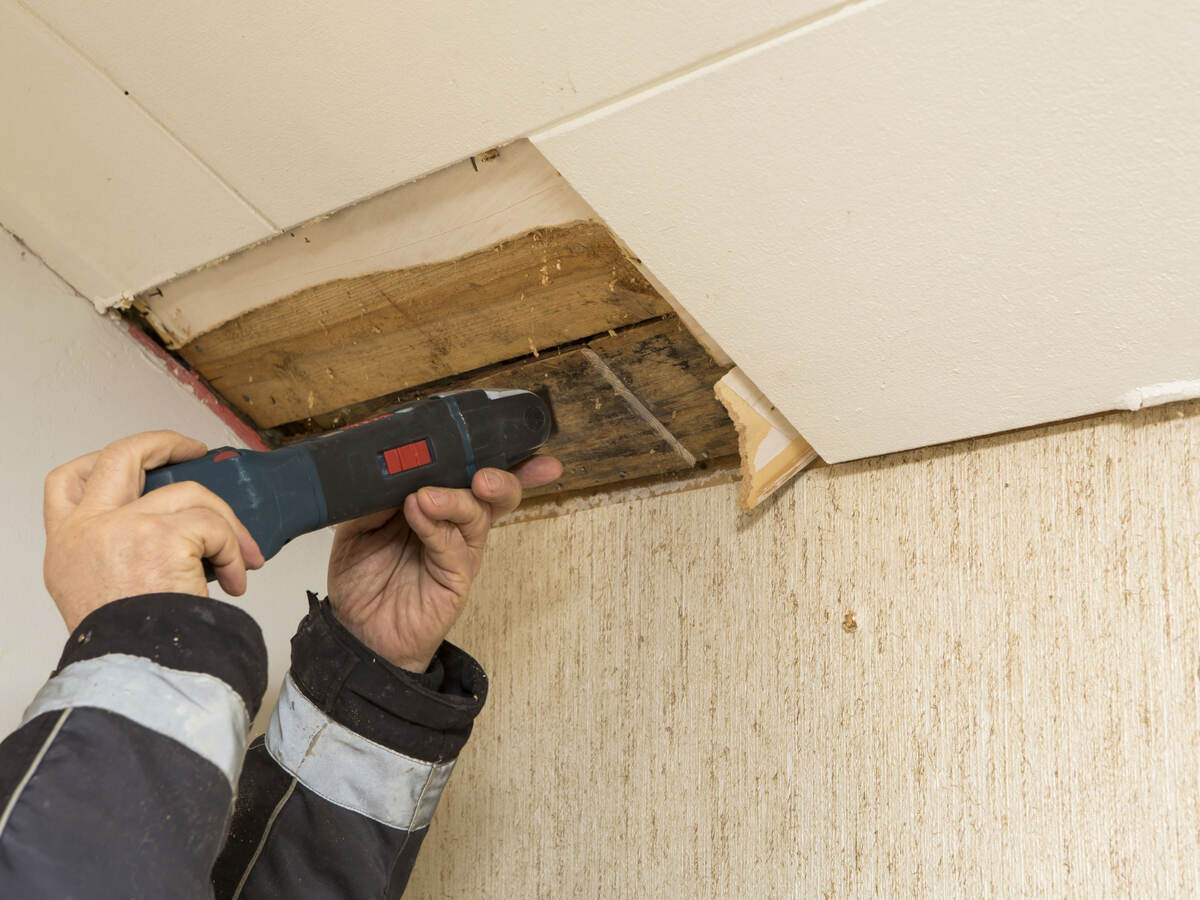People have raised concerns about the negative health effects of mold. With news headlines using words like "toxic" and "deadly,” fear can easily spread. These concerns have made indoor environmental quality a critical component for businesses seeking to reduce risk and demonstrate a commitment to indoor environmental health.
What mold is and how it survives
Molds are microscopically small organisms comprised of spores and roots. A suitable, moist substrate can allow roots to take hold and spread. In just 48 to 72 hours, mold can produce millions of spores. With the ability to reproduce quickly, mold can quickly become a problem.
Health effects of mold
The most common effect of exposure to mold is that it can trigger or worsen allergies and asthma. Since more than 50 million American suffer from allergies each year, and 1 in 13 have asthma, according to the American College of Allergy, Asthma and Immunology, mold can have significant impact on building occupants and visitors.
Mold exposure can cause nasal and sinus congestion, eye irrtation, blurred vision, sore throat, a chronic cough and skin rashes, according to the National Insititute of Environmental Health Sciences.
How mold spreads
Mold requires three things to survive and thrive:
- Water
- An organic food source
- Moderate temperatures (60-80 degrees Fahrenheit (15-27 degrees Celsius)
In buildings, organic materials include wood, paper, textiles, wallboard, carpeting, adhesives, insulation and more. Meaning buildings prove to be an excellent source of food for mold. As a result of breaking down these materials, mold can damage the building's integrity, leading to costly property damage.
Preventing mold problems
The key to preventing mold growth in buildings is eliminating the conditions that allow mold to thrive. It is not feasible to eliminate potential food sources for mold, and creating an unsuitable temperature range would make it uncomfortable for people to live and work inside. Therefore, we must control the moisture. Without water, mold cannot thrive.
Sources of moisture include:
- Floods
- Weather-related moisture, e.g., leaks in roof or window seals when it rains
- Pipe leaks (both fast and slow)
- High water table
- Moisture trapped during construction
- Water vapor
- Humid outside air
- Negative air pressure
- Vapor pressure differences
- Human activity, such as steam from showers
Managing mold
Mold can spread quickly once it takes root. Proactively developing and implementing a written mold management plan with details helps prevent and respond to mold and moisture. You can use this plan to:
- Educate building personnel about mold issues
- Protect occupants
- Describe proactive strategies when there are early signs of moisture
- Guide operations and maintenance about preventing the recurrence of mold growth in buildings
Prioritize and protect your occupants
In the absence of regulations and building codes that specifically address human health, and a need to provide verification for claims regarding indoor air quality (IAQ), UL Solutions created the UL Verified Healthy Building Mark. Our experts employ a performance-based approach to evaluate conditions that can contribute to the presence of indoor pollutants, including mold. By monitoring these conditions with a proactive mindset, mold growth can be prevented or addressed quickly.
The UL Solutions method evaluates the maintenance and operation of heating, ventilation and air conditioning (HVAC) systems, critical components of the indoor environment and where hidden mold growth is known to occur.
Additionally, we examine your in-place policies and plans to be certain they address mold prevention and response and the continual advancement of IAQ.
For more information on the UL Verified Healthy Building Mark, visit our service page.
Get connected with our sales team
Thanks for your interest in our products and services. Let's collect some information so we can connect you with the right person.




